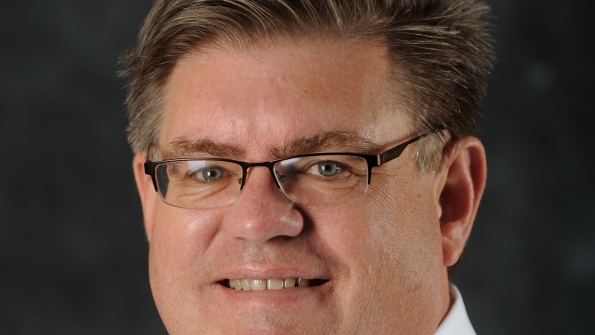Maximizing the potential of the NPSBN and NG911
What is in this article?
Maximizing the potential of the NPSBN and NG911
For example, while the Middle Class Tax Relief and Jobs Creation Act appropriated $7 billion in seed money for the NPSBN, it only identified $115 million for NG911. Consequently, even though NG911 today is further along the implementation curve compared with the NPSBN—Emergency Services IP Networks (ESInets) that provide the foundational network architecture for NG911 are popping up from coast to coast—the NPSBN almost certainly will become ubiquitous much earlier than NG911, because of the support it is receiving from the federal government.
During the aforementioned webinar hosted by the National 911 Program in 2014, Jeff Vannais—communications supervisor with the East Hartford (Conn.) Police Department and a board member with the NG911 Institute—noted the wide funding disparity, stating, “At some point, if we’re going to say that NG911’s success is as important as FirstNet’s success, then we’ve got to put them on the same plane.”
Last fall, Nancy Pollock of Mission Critical Partners, which is a member of the Industry Council for Emergency Response Technologies (iCERT), wrote a column for IWCE’s Urgent Communications that addressed the situation. The following is an excerpt:
The [NG911 NOW! Coalition’s] goal is that all 911 centers in all 56 states and territories will have NG911 systems in place—and will have retired all legacy 911 systems—by the end of 2020.
Money is needed to make this goal a reality—a lot of it. That’s where Congress can play a critical enabling role, by committing to funding nationwide implementation of NG911, just as it did five years ago, when it funded the deployment of the [NPSBN].
Currently, the money collected in the form of wireless 911 surcharges only covers a portion of the cost of providing 911 service in most jurisdictions; the rest comes from other taxpayer-provided sources. The problem is that the current level of 911 funding in most places is barely enough to provide the current level of service—the idea of migrating to next-generation technology simply is out of the question, given the upfront transition cost.
… Admittedly, it won’t be easy for Congress to find the money. But that’s exactly what was said more than a decade ago about the [NPSBN].
To read iCERT’s guiding principles for FirstNet’s implementation of the NPSBN, click here.
Before Congress can be persuaded to become NG911’s champion, at least from a financial perspective, it first might need to have its collective attitude changed regarding 911 centers and those who work in them. The perception is that there is a public-safety sector—which consists of law enforcement, the fire service, and EMS—and then there is the 911 sector.
It has been argued that this perception has been fueled over the decades by the U.S. Department of Labor, which classifies 911 telecommunicators as clerical workers. Such a notion is patently wrong-headed. Someone who instructs a mother on what to do after she finds her child not breathing and unresponsive is no clerical worker; rather that person is the first first responder. This, too, requires new thinking that is long past due.
Conclusion
The NPSBN and NG911 together will bring first-responder communications to spectacular new levels. However, these networks need to be both ubiquitous and unified, if they are to reach their full potential. This will require lawmakers and policymakers—as well as the public-safety sector itself—to think in new ways that at first might seem quite foreign. What is needed is a public-safety version of the Gestalt principle applied to the NPSBN and NG911—i.e., the whole is greater than the sum of the parts, even when the parts are pretty great by themselves.
Kevin Murray is past chairman of iCERT and president and founder of Mission Critical Partners, Inc. (MCP), a public-safety-communications consulting firm headquartered in State College, Pennsylvania. He can be e-mailed at [email protected].










